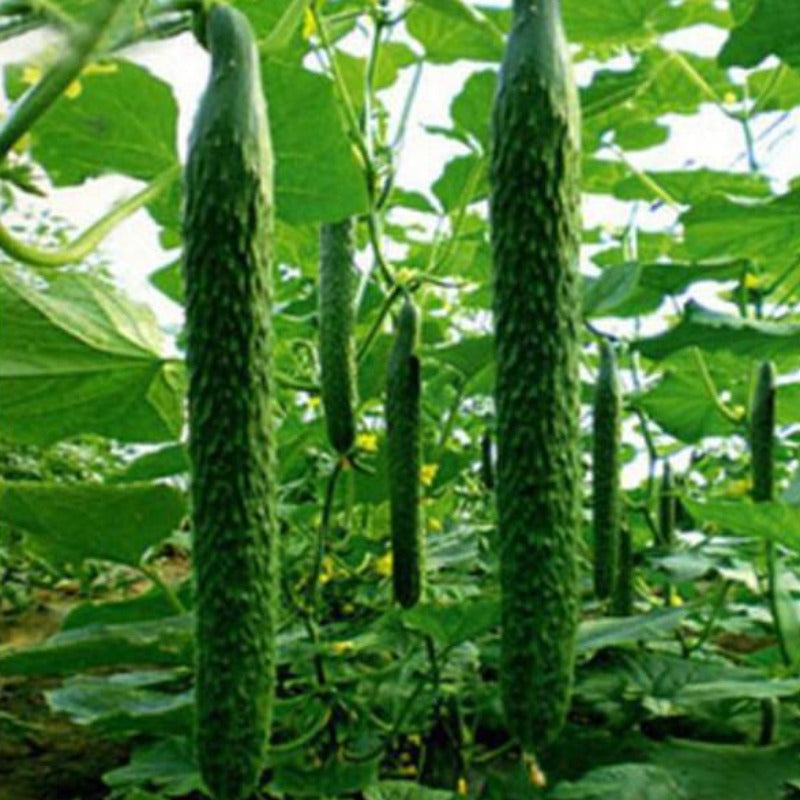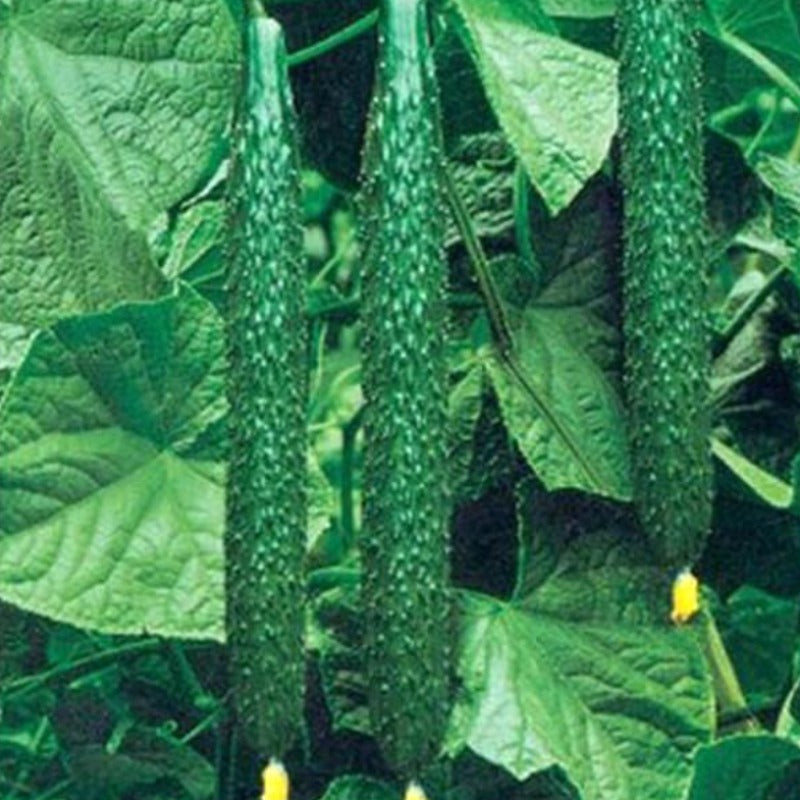- Species and varieties: Cucumis sativus, commonly known as cucumber, has several varieties including slicing cucumbers, pickling cucumbers, and burpless cucumbers. Popular varieties include 'Marketmore 76', 'Boston Pickling', and 'Straight Eight'.
- Hybrid or heirloom: Green cucumber seeds can be either hybrid or heirloom. Hybrid varieties are bred for specific traits such as disease resistance and uniformity, while heirloom varieties are open-pollinated and have been passed down through generations. Examples of heirloom varieties include 'Lemon Cucumber' and 'Armenian Cucumber'.
- Pruning and training: Cucumbers benefit from regular pruning to remove dead or yellowing leaves and to improve air circulation. Training cucumber vines to grow on a trellis can save space and reduce the risk of disease. Pinch off the growing tips to encourage bushier growth.
- Fertilization needs: Cucumbers are heavy feeders and benefit from regular fertilization. Use a balanced fertilizer with equal parts nitrogen, phosphorus, and potassium (e.g., 10-10-10) at planting time. Side-dress with compost or a balanced fertilizer every 3-4 weeks during the growing season. Avoid over-fertilizing with nitrogen, as it can lead to excessive foliage growth at the expense of fruit production.
- Hardiness zones: Cucumbers thrive in USDA hardiness zones 4-12. They require warm temperatures and are sensitive to frost.
- Climate requirements: Cucumbers need a warm, sunny climate with temperatures between 70-95°F (21-35°C). They require well-drained soil with a pH of 6.0-6.8 and consistent moisture. They grow best in full sun and need at least 6-8 hours of direct sunlight daily.






